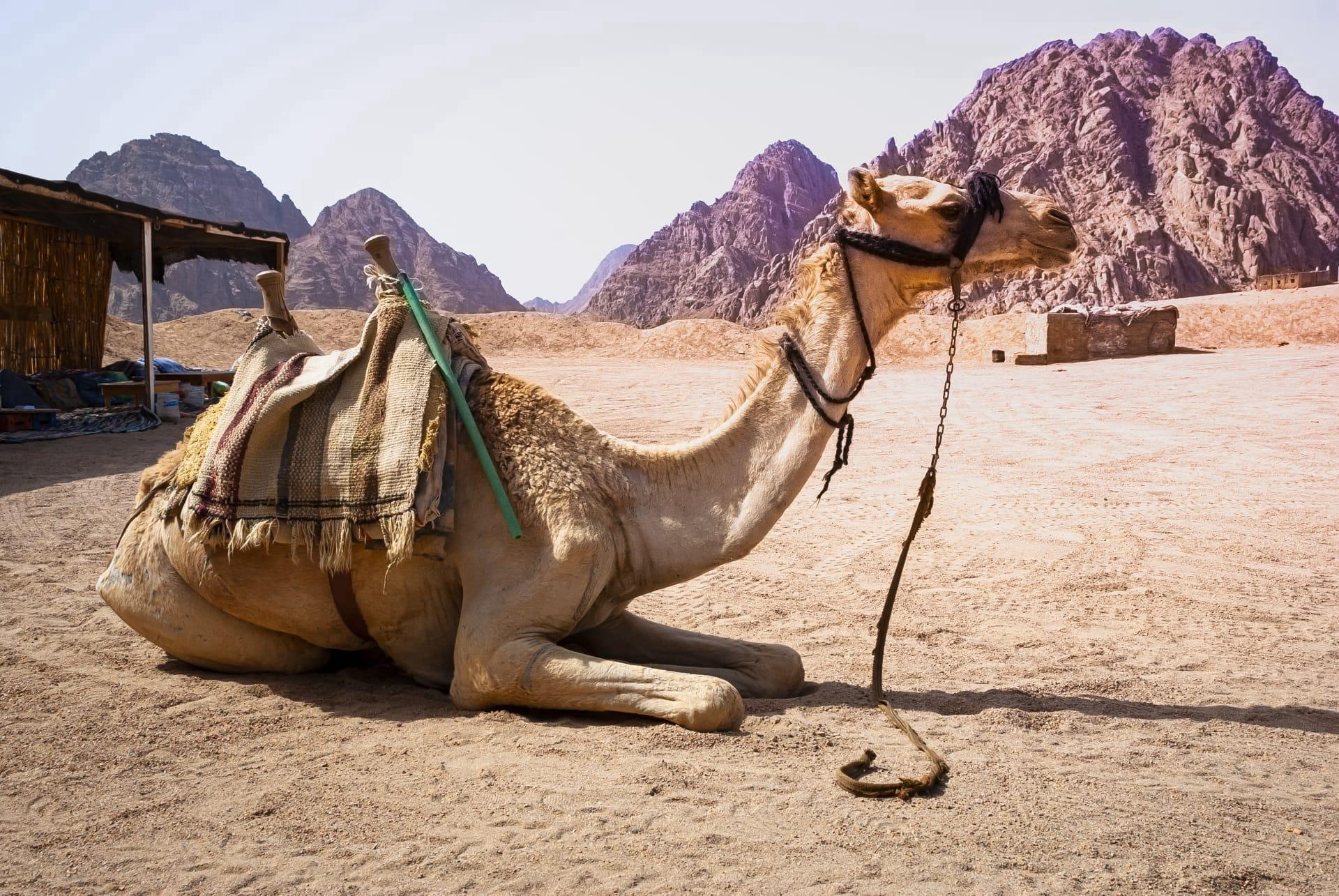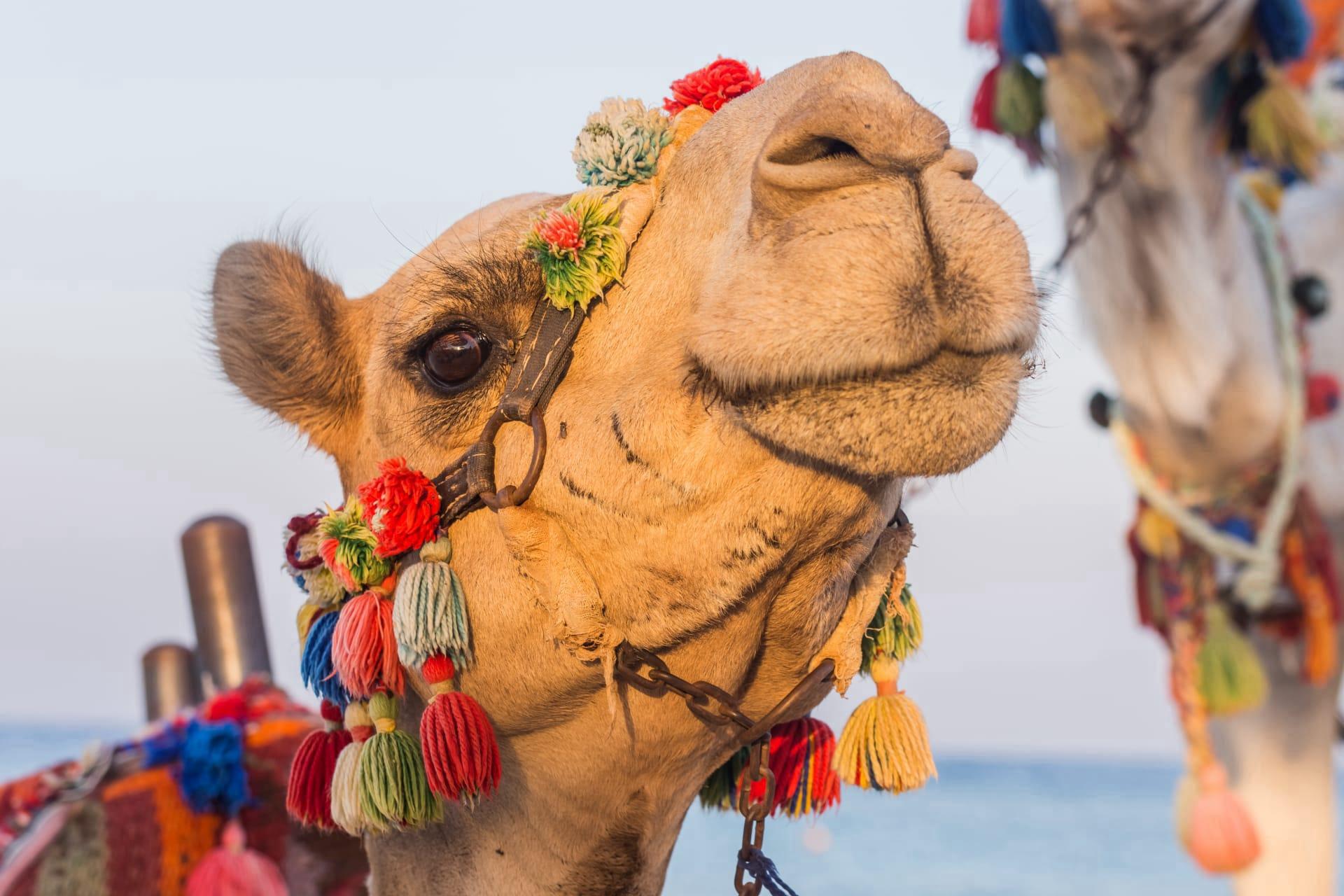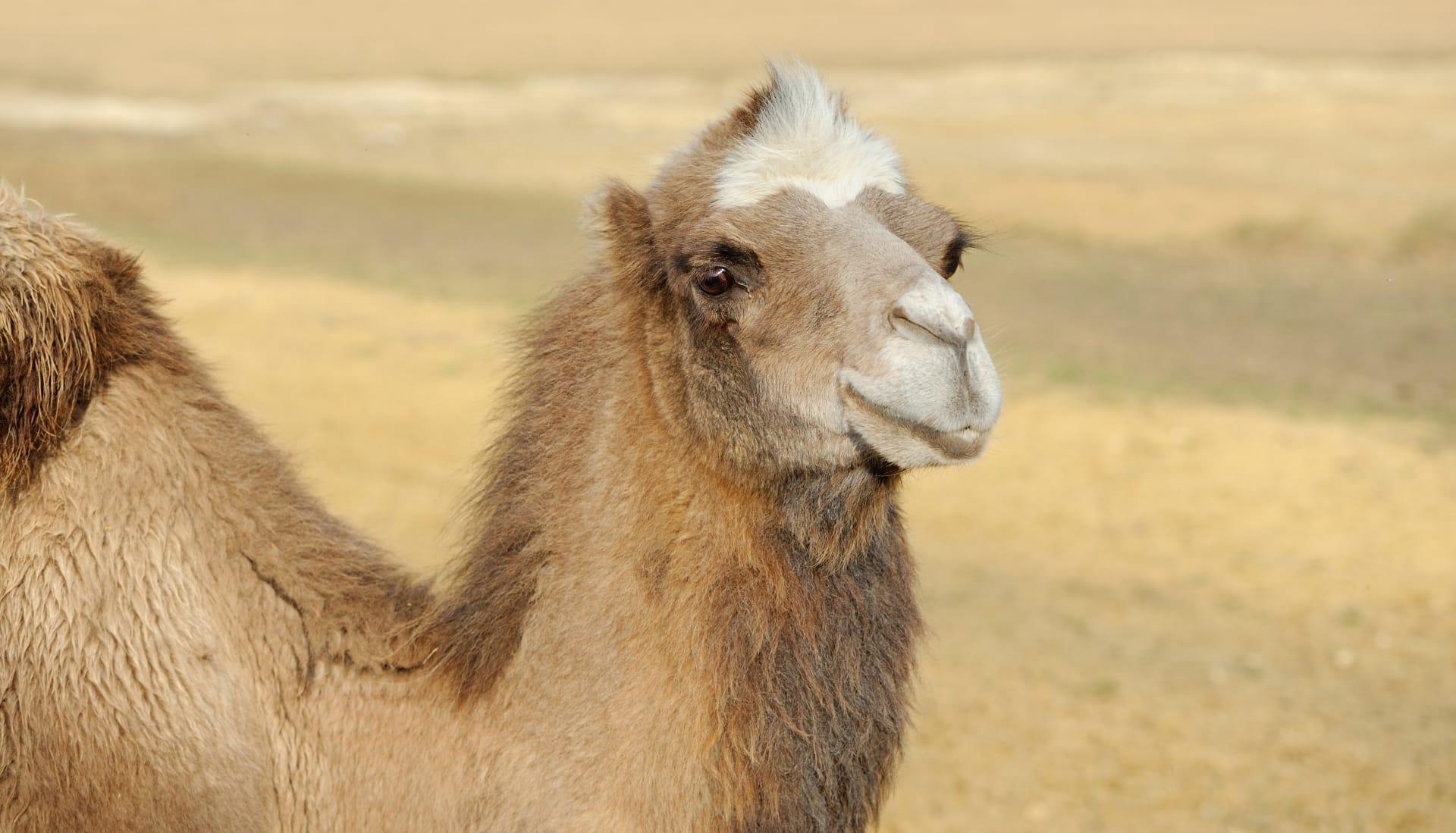1
Camels have a unique ability to regulate their body temperature, allowing them to thrive in extreme desert climates. Unlike most mammals, camels can fluctuate their body temperature from 34 to 41.7 degrees Celsius (93.2 to 107.06 degrees Fahrenheit). This adaptation reduces the need for sweating, conserving water in arid environments.
Another fascinating aspect of camels is their blood cells. Camel red blood cells are oval-shaped, an unusual characteristic among mammals. This shape allows the cells to flow more easily when dehydrated and to rehydrate faster without bursting, a crucial survival mechanism in environments with limited water resources.

2
Camels have a remarkable ability to survive without water for extended periods. A camel can go up to seven days in the scorching heat of the desert without drinking, thanks to their efficient water conservation methods. When they do drink, they can consume up to 40 gallons (approximately 151 liters) in one go.
Equally impressive is their food storage strategy. Camels store fat in their humps, not water as commonly believed. This fat can be converted into energy and water when food is scarce. A well-fed camel's hump can weigh up to 80 pounds (36 kilograms) and will sag as it depletes its fat reserves, standing upright again when the camel refuels.

3
Camels have specialized eyelashes and eyelids that protect their eyes from sand and intense sunlight. Their eyelashes can measure up to 10 centimeters long, and their three eyelids have two rows of eyelashes to keep out sand and dust. The third eyelid acts like a windshield wiper, cleaning the eye without blocking vision.
Their feet are also uniquely adapted for desert life. Camel feet are wide, flat, and leathery, spreading out as they step to prevent sinking in the sand. This design distributes their weight evenly, allowing them to walk easily on soft desert terrain. Each foot has two toes that are webbed to help with this distribution.

4
Camels have an advanced immune system with unique antibodies. These antibodies are smaller and more durable than those in humans, making them effective in research for treating diseases like Alzheimer's and cancer. The camel's immune system can endure extreme conditions, a trait scientists hope to harness for medical advancements.
Communication in camels is quite complex. They use a range of vocalizations and body language to communicate with each other. A camel's call can vary from soft murmurs when content to loud bellows when distressed. They also use body posture and facial expressions as non-verbal cues, essential for herd dynamics and social interactions.

5
Camels can drink salty water that other animals cannot tolerate. Their bodies can handle high salt concentrations in water sources, an ability vital for survival in areas where fresh water is scarce. This trait allows them to utilize water sources unsuitable for other species.
Interestingly, the gestation period for a camel is about 13 to 14 months, leading to the birth of usually one calf. A newborn camel can walk within 30 minutes of birth, a critical adaptation for mobility and survival in harsh desert conditions. The bond between a camel mother and her calf is strong, with the calf staying with the mother for several years.